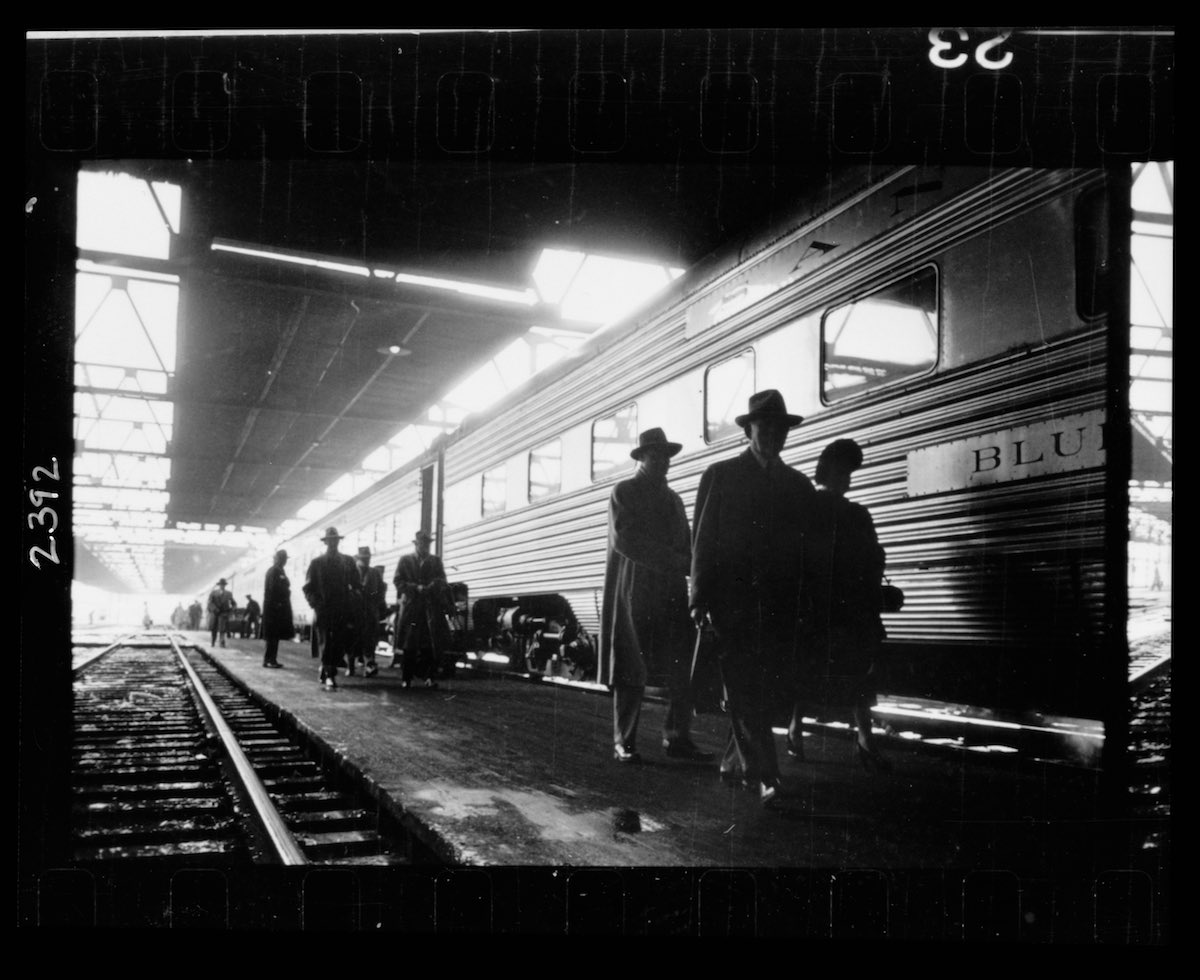You may have heard of, or indeed read, Australian conductor Martin Jarvis’ 2011 book Written By Mrs. Bach, which investigates the question of whether Johann Sebastian Bach’s “cello suites were composed by the German musician’s second wife, Anna Magdalena Bach.” Now, the book has become a documentary — adding the no doubt enriching element of sound to the proceedings — whose trailer you can watch above. In it, according to the Washington Post, “a professor of music, a composer and an American expert in document forensics advance the case.”
“Prof Jarvis said he aims to overturn the ‘sexist’ convention that recognised composers were always a ‘sole male creator,’ to finally reinstate Mrs Bach into the history books,” writes the Telegraph’s Hannah Furness. “While Anna is known to have transcribed for Bach in his later years, researchers found the handwriting did not have the ‘slowness or heaviness’ usually attributed to someone who is merely copying, but was likely to have flowed from her own mind,” bolstered by “numerous corrections to scores written in her hand, signalling she is likely to have been composing it as she went along.” A terribly intriguing question, but as with the question of Shakespearean authorship, who held the pen now matters less than what came out of it.
The works under scrutiny here include “Bach’s unaccompanied cello suites, of which there are six — the first of them popularized as the theme of the film Master and Commander: The Far Side of the World”; “the aria that begins and ends perhaps the most famous keyboard work of all time, The Goldberg Variations”; and “a portion of the two-book masterwork originally composed for the harpsichord known as the The Well-Tempered Clavier.” That information comes from the Post, who also offer clips of these pieces. We’ve embedded them here for you to enjoy — and, no matter who wrote them, you certainly will. How often in history, after all, do you encounter both man and wife who can compose for the ages?
Related Content:
All of Bach for Free! New Site Will Put Performances of 1080 Bach Compositions Online
A Big Bach Download: All of Bach’s Organ Works for Free
The Genius of J.S. Bach’s “Crab Canon” Visualized on a Möbius Strip
Video: Glenn Gould Plays the Goldberg Variations by J.S. Bach
Colin Marshall hosts and produces Notebook on Cities and Culture and writes essays on cities, language, Asia, and men’s style. He’s at work on a book about Los Angeles, A Los Angeles Primer. Follow him on Twitter at @colinmarshall or on Facebook.











